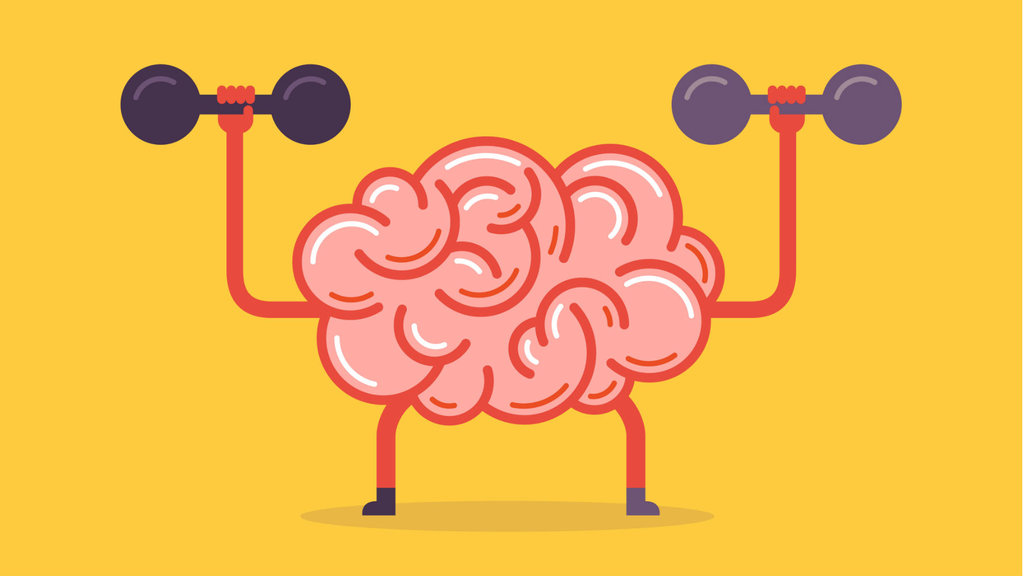Exercise is Not Just for the Young and Healthy! How Can It Protect Against Dementia?
Physical activity has been shown to modestly improve cognitive functioning in the elderly population. A meta-analysis revealed engaging in physical activity reduced the risk of dementia by 28% and Alzheimer’s by 45%, and increased global cognition scores. The greater reduction in Alzheimer's infers a further reduction in dementia development.
Aerobic exercise is the use of large muscles for at least 15 minutes, 3 times a week, at 60% maximum heart rate. Yu et al. (2006) reported that aerobic training specifically improves executive function scores in those with Alzheimer’s, especially on measures of multitasking and cognitive flexibility (Baker et al., 2010).
Resistance training (involving progressively increasing resistance loads and techniques to increase muscular strength and power) has similar effects as aerobic training. Nagamatsu et al. (2012) found resistance training for 2x60-minutes a week, for 6 months increased selective attention and associative memory scores in those with mild cognitive impairment. This effect is also shown for free-recall memory (Perrig-Chiello et al., 1998). However, the cognitive effect of resistance training is relatively weaker than that of aerobic training.
Lastly and most interestingly, activities such as Tai Chi also show a small, yet positive, improvement on global mental functioning compared to sedentary groups and other active intervention, like western exercise (Wayne et al., 2014).
What is suggested?
Based on previous research it is inferred a minimum of 3 (50-60 minute) sessions, over 12 weeks, should be recommended at moderate intensity when using a combination of exercises or aerobic training alone to elicit the mental benefits.
So how does exercise protect against dementia?
Physical activity, primarily aerobic exercise, improving mental ability can be explained through its influence on neural functioning. Brain-derived neurotrophic factors (BDNF) are suggested to decrease as individuals age, this decrease is expressed more in those with MCI and dementia (Connor et al., 1997). Exercise is shown to increase the production of BDNF (Ahlskog et al., 2011), thus delaying the progression of dementia.
On the contrary, this mechanism cannot apply to resistance training as this BDNF increase is not found for it (Correia et al., 2010). Additionally, those with dementia experience greater neuron deterioration of the hippocampus (Ball, 1977) responsible for memories, learning, and emotion; indicating greater loss in the structure leads to dementia. Therefore, exercise reduces the amount of hippocampal neuron loss, by means of facilitating neuron growth factor in the hippocampus (Larson et al., 2006).
Exercise also increases cerebral blood flow (Hamer & Chida, 2009), meaning more oxygen and glucose can be accessed to create more energy in the brain (Breedlove & Watson, 2013) for cognitive processes such as executive functioning.
Finally, skill-based exercise activities involving complex movements and skill learning are mentally stimulating and can help create new synapses between neurons in the brain. Thus, compensating for the neurones lost through dementia and allowing patients to maintain their mental functioning.
Article by Edgar Chekera

